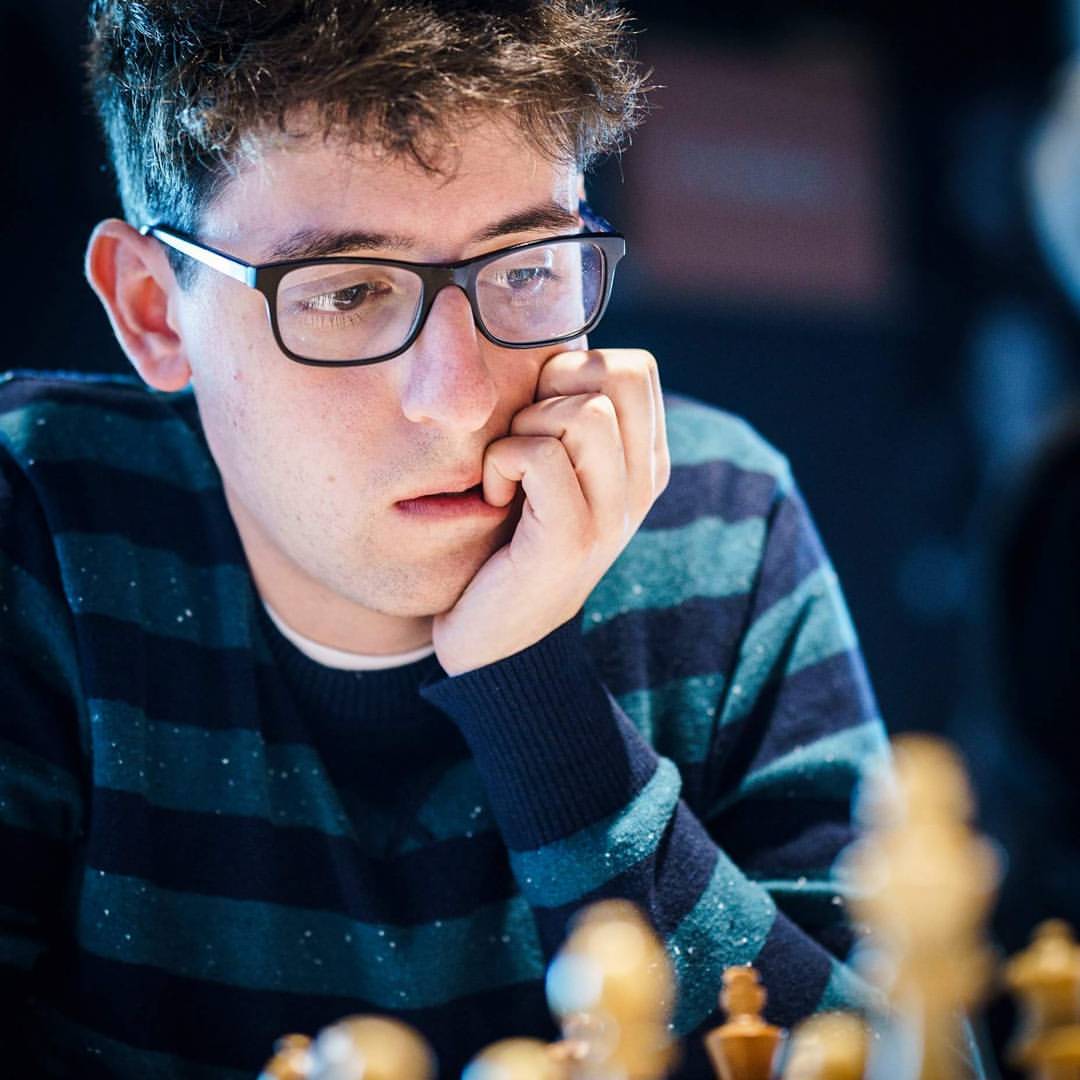Kostya’s Blueprint: Tactics I
Posted: 6 years, 2 months ago

Hi folks, this is IM Kostya Kavutskiy, one of BAC’s head coaches and here in this weekly column I’ll be offering specific advice for how to improve in chess and reach one’s full potential. I hope these posts will be suitable for ambitious players of all ages and levels, as well as parents who’d like to learn more about what it takes to achieve chess mastery. Over the next several weeks, I’ll be discussing the most important aspects of chess improvement, while I share my candid thoughts as a coach, player, writer, and streamer in the US Chess community.
Calculation is, without question, the most important skill to work on for any chess player. By learning how to visualize and anticipate several strong moves in a logical sequence, one develops as a truly competent chess player. Calculation does and should guide the decision making process; without calculation, you are simply guessing, or fishing for the right moves.
Of course, calculation can be broken down into several parts: visualization, pattern recognition, strategic understanding, intuition, and even psychology. We’ll discuss these elements in detail as we move on, but for today, I’d like to discuss the backbone of all calculation: Tactics. Broadly defined, tactics are short combinations of moves that lead to either checkmating the enemy king or winning material. There are also many tactics that don’t result in any material gain, but rather secure another kind of strategic advantage, but that is a topic for another day!
In order to become a strong tournament player (let’s say 1600+), a player must solve thousands of tactical puzzles and have spent a serious number of hours training and honing their skills. And that’s just to get to like, 1600! Consider the exponential effort it takes to then break 1800, 2000, 2200, 2400, 2600… etc. This may seem daunting at first (and I would hope that it does, to be honest), but it’s the only way to develop the capability to spot tactics quickly and accurately before moving on to more in-depth calculation in chess.
Why are tactics so important? Because virtually every game is at one point or another, decided by some kind of tactic. Winning a piece is akin to being up 20 points in a basketball game - it’s not an insurmountable lead, but it’s pretty huge. Even if a player plays perfect positional chess and brilliantly outmaneuvers their opponent to achieve a monumental strategic advantage all it takes is one slip, one missed tactic, to completely turn the game in the other direction. But even in Grandmaster level play, where there are very few tactical blunders, tactics play a crucial role in determining the eventual course of the game.
So how should you work on tactics? Consistently, with full focus and effort. Successful chess players often see themselves as athletes, training for their sport by solving more and more challenging puzzles to sharpen their tactical vision. This is why many coaches (myself included) often push their students to work in a systematic way, e.g. spending 30 minutes a day solving tactical puzzles, 6-7 days a week.
Not only does this kind of systematic training strengthen a student’s analytical ability, this also introduces the player to countless tactical patterns that can and will show up in tournament games. Students often show me games where they found a tactic that was nearly identical to a puzzle they’ve solved before, and I’m sure almost every chess player has had this experience too. Now the point is not to memorize each pattern one comes across, but rather to work consistently and solve so many puzzles that real pattern recognition develops and grows organically.
So what are the best resources for puzzle solving? Well I’m glad you asked :) . Here are my own personal picks, based on my experience playing, training, and teaching. There are of course many other books, apps, sites, courses, etc. that are good for tactics training but these are the ones I’ve personally used that work for me and my students:
Books
Learn Chess The Right Way 1-5 by Susan Polgar - This series of five books is a perfect starting collection for any beginning player, and I would suggest for all players up to 1200 to go through the books in their entirety, solving every puzzle!
Manual of Chess Combinations (Vol 1-5) - This is a series of books by Russian Trainer Sergey Ivashchenko, with some excellent puzzles for Beginner players all the way up to 2400 (!).
Apps
The following apps are from the same company - ChessKing. This is my favorite line of apps because they organize the material (puzzles) in clearly defined sections, and all the problems are sorted in ascending order of difficulty, which really helps drive pattern recognition. Many of the puzzles are taken from the ‘Manual of Chess Combinations’ mentioned above, so this is an alternative for players who’d rather solve puzzles from a phone/tablet than a book.
Tactics for Beginners - U1400 players should complete this entire app before moving on to harder exercises, as this will allow them to master the fundamentals of tactics and common checkmate patterns.
CT-Art (1400-1600) - The next level up, this app is aimed at slightly stronger players who are already familiar with the fundamental themes of each tactic.
Manual of Chess Combinations - This app was recently chosen as mandatory for all BAC A-Team students, which I’m very happy about!
CT-Art 4.0 - And finally we have the all-inclusive app for players rated 1200-2400 (!). Much like the other apps, this one contains puzzles in increasing order of difficulty but is meant for advanced players, as only the first few problems in each section are suitable for players U1600.
Websites
I’ve had good experience with both Chess.com and Chesstempo.com, and can recommend these sites as well for those looking to practice tactics on the computer.
If you’re just getting started, my recommendation is to do a set amount of time of solving every day, 10-15 minutes for beginners, 20-45 minutes for advanced players. Remember, chess is a sport, and chess players are athletes, who must train and work on their craft. The more you sweat in training, the less you bleed in combat!
IM Kostya Kavutskiy is the coach of BAC’s A-Team and member of the San Jose Hackers. To keep up with Kostya, check out his official Website, Facebook, & Twitter. Make sure to also check out BAC’s new online classes taught by Kostya via Chess University!
Share on Twitter Share on Facebook
 My Account
My Account
 + Cash
+ Cash 
 Enrichment @ BayAreaChess
Enrichment @ BayAreaChess
